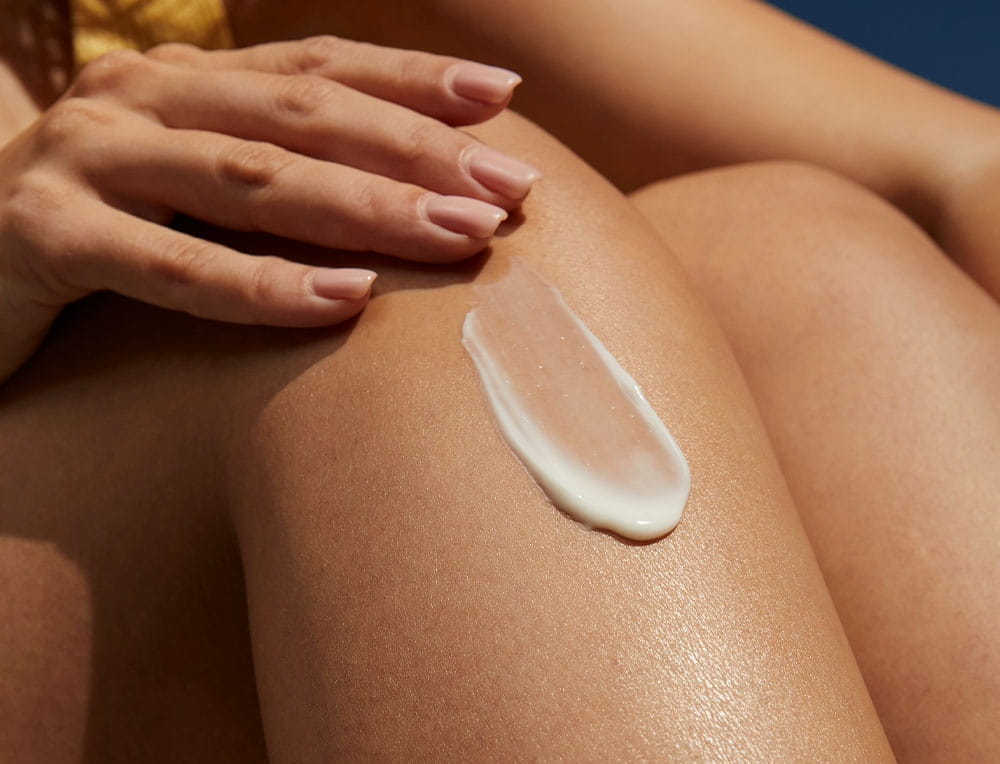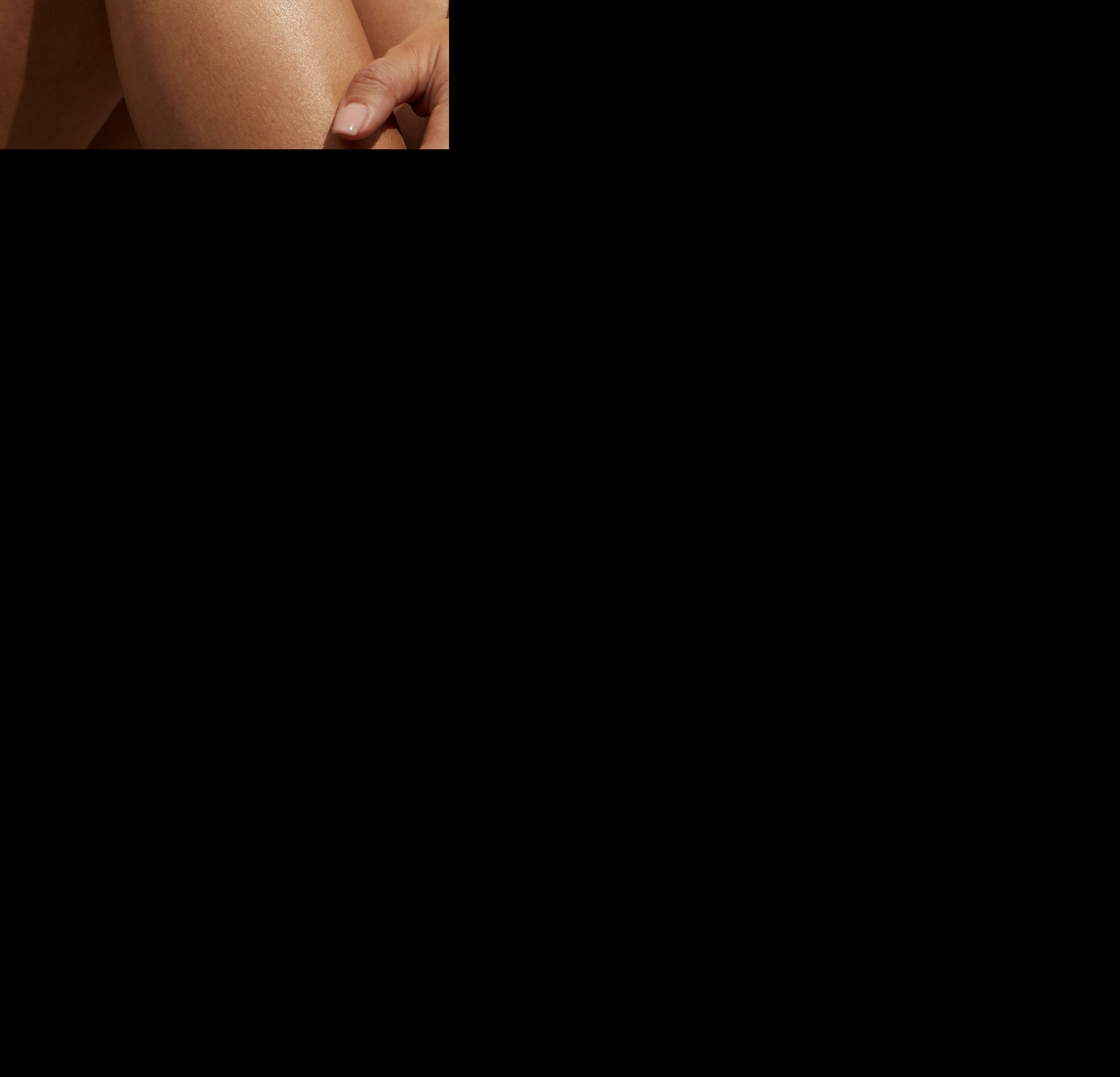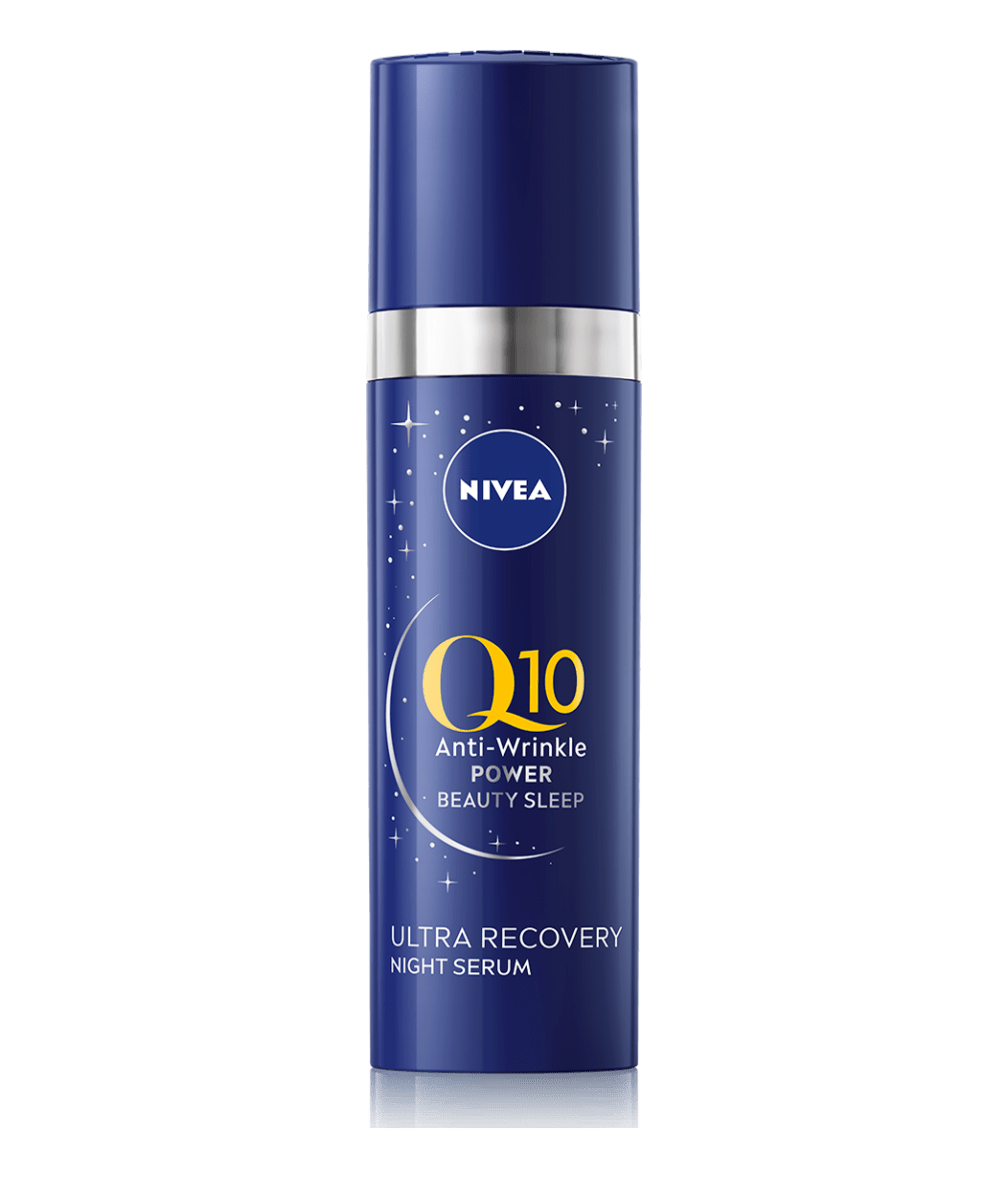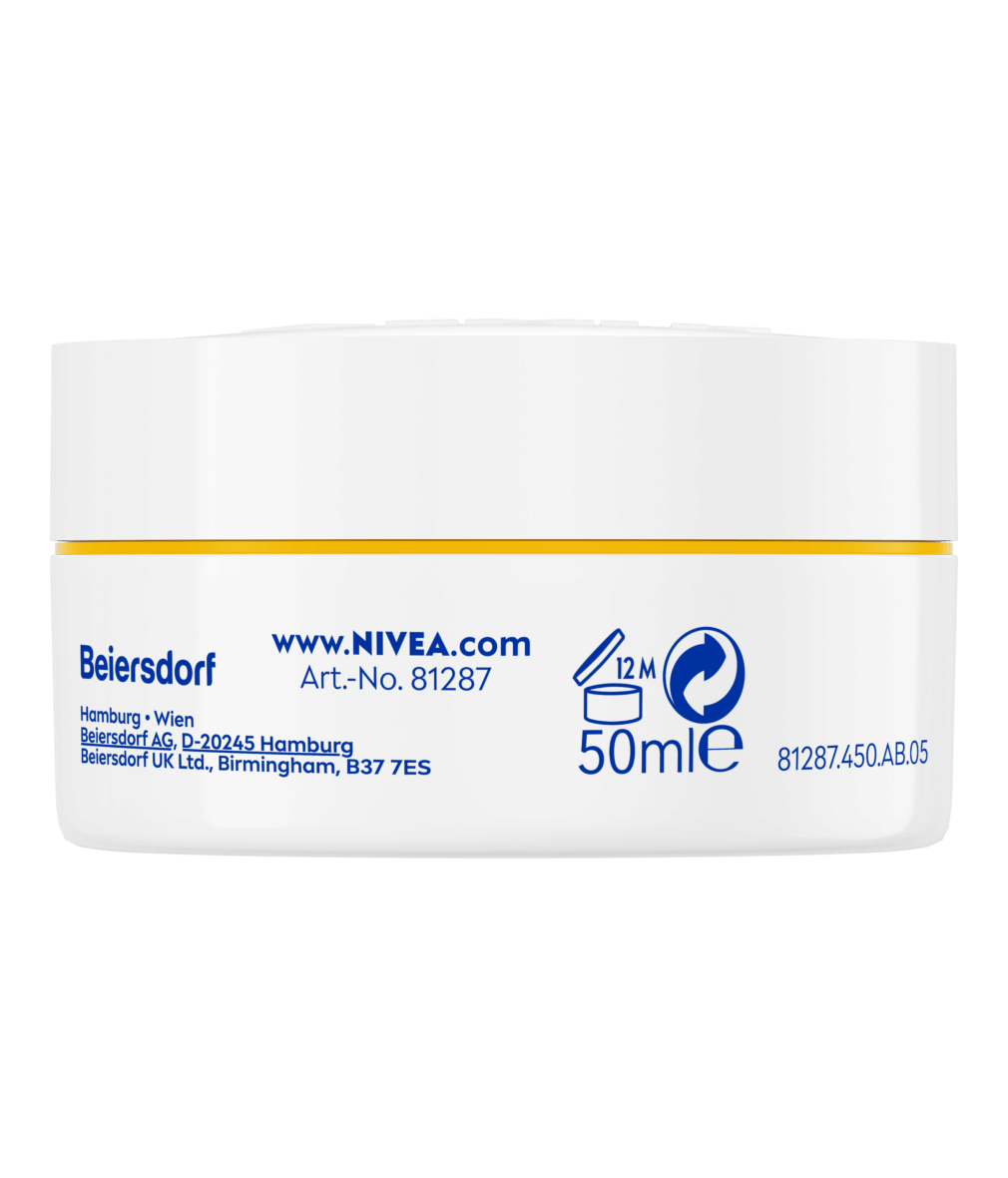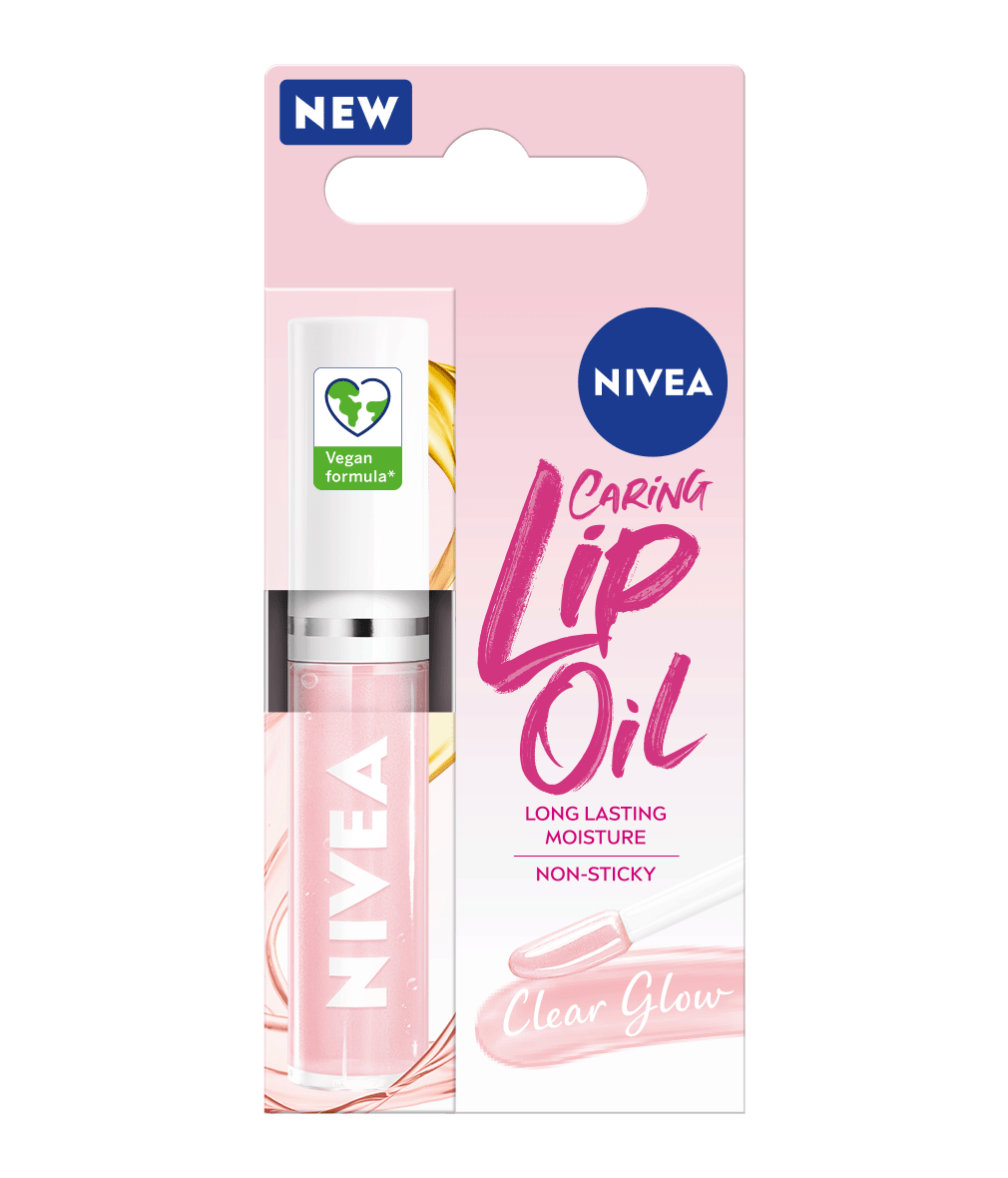
Shea butter benefits for silky soft skin
Have you ever wondered what shea butter actually is, and where it comes from? Read our guide to find out more about this versatile, natural ingredient.
WHAT IS SHEA BUTTER MADE FROM?
Contrary to the images you’ll have seen of whipped butter atop a halved brown nut, the shea nut doesn’t contain a ready-to-use buttery substance. Shea butter does come from the shea nut, but the product is a crushed and treated version of the nut itself, not its innards. The process goes a little bit like this:
WHAT’S IN SHEA BUTTER?
Shea butter contains a number of different vitamins, fatty acids and lipids, which all contribute to happy and healthy skin. Here’s a rundown of the top sources, and what they all do.
PROPERTIES OF SHEA BUTTER
Shea butter contains a lot of vitamins, oils and acids, all of which are extracted from the shea nuts during the process above. And because it has these qualities, it makes it great for lots of different skin conditions.
IS SHEA BUTTER COMEDOGENIC?
REFINED SHEA BUTTER VERSUS UNREFINED SHEA BUTTER
Unrefined, or ‘raw’ shea butter is the result of the traditional African techniques we went through above. It’s jam-packed with all the natural goodness and antioxidants that people have been taking advantage of for centuries and has an ivory or yellowy colour to it. Raw shea butter will also feature an earthy smell, serving as a reminder of its chemical-free and natural production.

